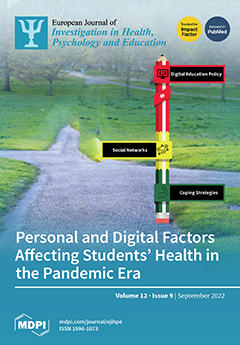Sport psychology embraced the study of athletic identity in the 1990s. The Athletic Identity Measurement Scale (AIMS) is at the forefront of athletic identity measurement. This quantitative review examined two hypotheses: individual who are most engaged in sports identify most as athletes and thus score higher on the AIMS, and athletic identity relates to positive (e.g., intrinsic motivation) and negative (negative emotions) factors. In addition to our two hypotheses, we explored whether the AIMS subscales influenced our two hypotheses. After completing a systematic search of SPORTDiscus, APA PsycINFO, ERIC, and Psychology and Behavioral Sciences Collection APA within the EBSCOhost platform along with some hand searching, 101 articles published between 1993 and our end date of August 2021 met the inclusion criteria. The included studies investigated 20,498 athletes competing in a variety of sports from the following continents: Australia, Asia, Europe, and North America. We based all analyses on random- and mixed-effects statistics. Higher-achieving athletes, as expected, self-reported a higher degree of athletic identity. The differences between athlete groups were significant (
p < 0.001) and meaningful (
g values ranged from 1.55 to 1.93). The AIMS total score correlations with positive and negative factors (correlates) were small in magnitude (
r = 0.22 and 0.17). However, the relationships differed across correlate subcategories (e.g., intrinsic motivation/commitment,
r = 0.51, and body issues,
r = 0.14). Minimal AIMS subscale reporting occurred across the 101 studies; thus, we could not assess their importance with certainty. In conclusion, a higher degree of athletic identity related to valued sport correlates such as intrinsic motivation/commitment and the mastery goal orientation. These correlations were small in relation to negative or less desirable factors in sport such as body disorder issues and negative emotions. We recommend future research of greater complexity and the reporting of athletes’ competitive backgrounds to understand athletic identity. In addition, researchers should report AIMS subscale data.
Full article






